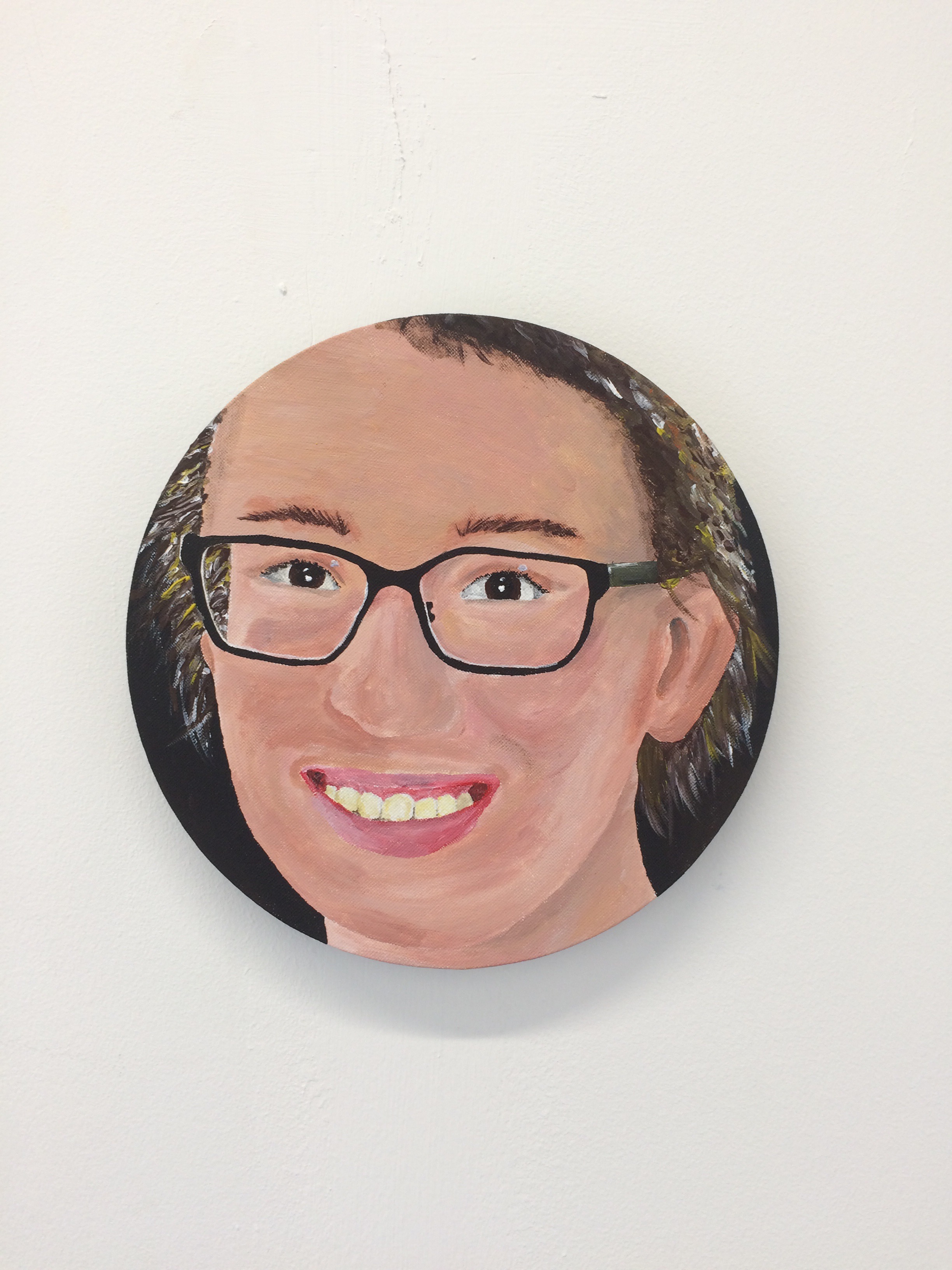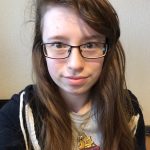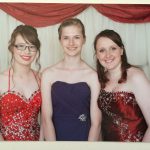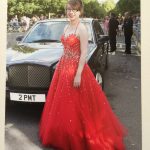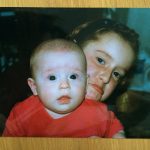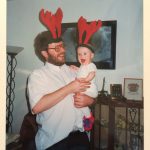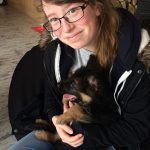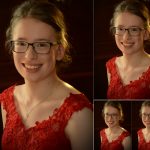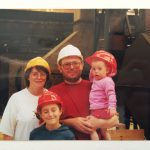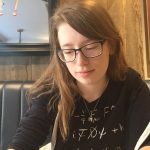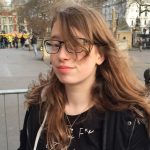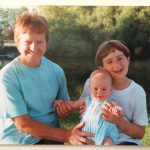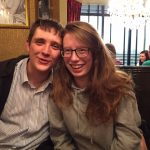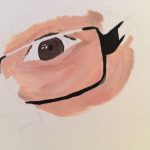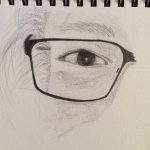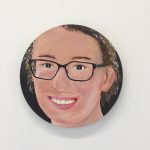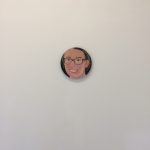At ten o’clock this morning, we were gathered as a studio group and instructed to set up an exhibition by 12:30 with all of the portraits that we previously hung around the department.
The space that we used initially had to be cleared as it was full of tables, chairs and work from other studio groups. The floor was swept and we were informed of our brief: set up an exhibition of our portraits using exhibition inspiration from artists such as Wolfgang Tillmans. We were not to put all the self-portraits along the wall in the same manner and at the same height. A press release also needed to be made.
We lined up all of the portraits and found that common theme was the use of backgrounds. There was four categories of background: black, white, blue and ‘other’ colours. This made the planning of the exhibition easier: the black portraits were quickly hung on the windows and the white portraits on the pillars in the room, as though these opposing colours were looking at each other.
A suggestion of hanging some of the portraits from the ceiling was soon raised by myself. The hangings from the ceiling would make the exhibition more interactive as you would have to walk between them and look up in order to fully appreciate the piece. Everyone helped to put the four portraits with the blue background up at varying heights using sting.
The last three pieces, with the coloured backgrounds (excluding blue) were then placed at equal intervals on the floor. Once again, visitors to the exhibition would have to walk around, and look around, in order to view these portraits.
Lights were added in this process along the floor. It was thought that we should black out the windows, however many in the group were confused at this prospect – not only would we of had to have used bin bags to black out the windows which would have looked tacky, the room was also chosen for its natural light. As a group, we therefore decided to stick with natural light in the room. As it got darker, however, the two small spotlights on the floor began to seep into the space, illuminating the floor. When it was brighter outside, however, the spotlights were not as effective and almost pointless. I did find that they did reflect on the shiny surface of the floor and this created a river of work when stood at the right angle.
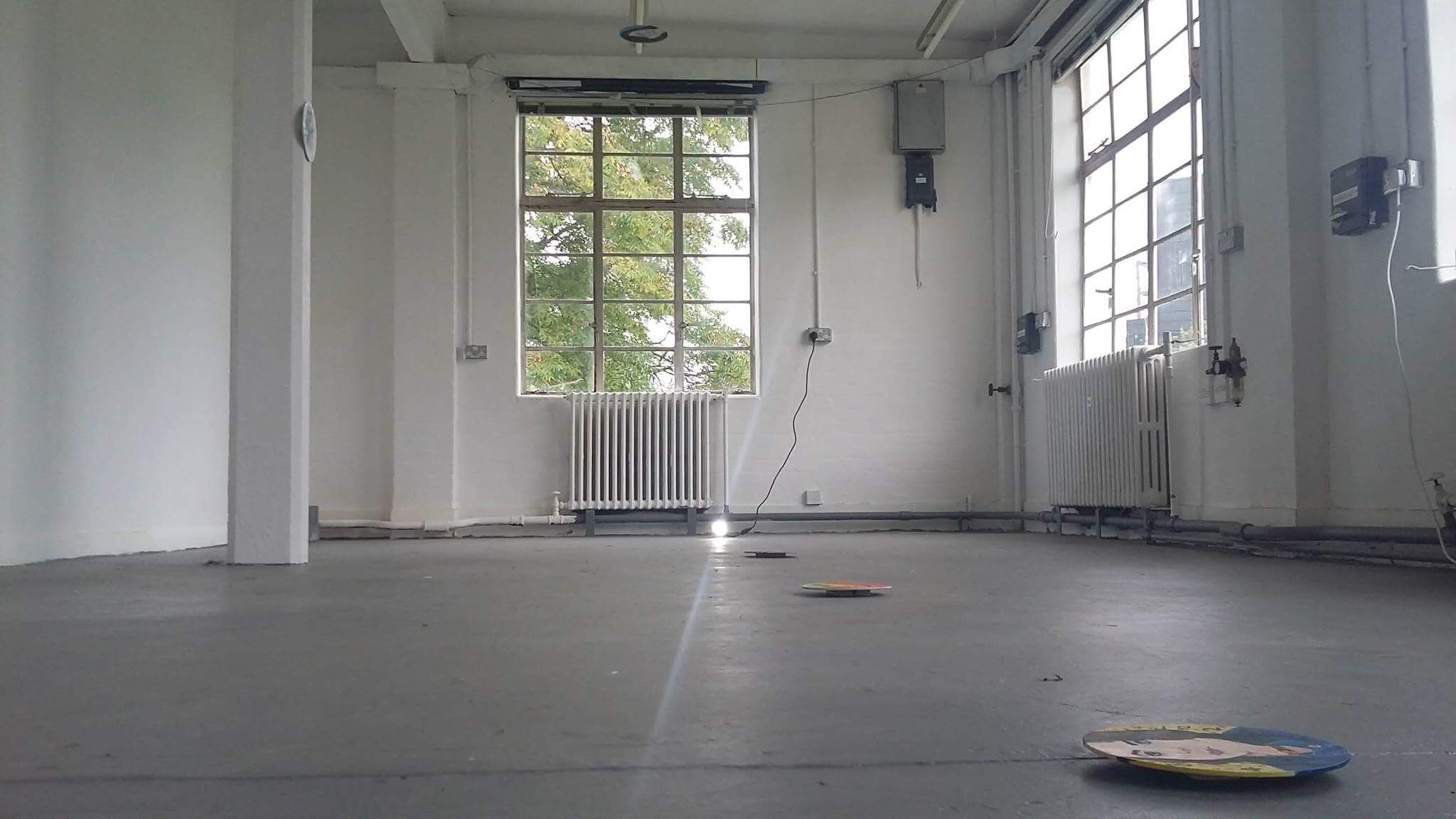
A suggestion was also made of using the TV screen that was next door in order to play the videos that we made of us talking about our videos. I piped up and said that I didn’t really want to see my own face replicated three times in one room, and for everyone else to see me four times! I proposed that we used the voices instead of a video. A voice recording was then made of each person talking about their self-portraits from the Facebook videos. This was then placed under one of the pieces on the floor, making it discrete, loud and central to the room. Other places, the phone would have been seen, or it would have been in the corner of a room.

A press release was also crucial to the exhibition. As this was the first press release that I have written, I enlisted some help from the Athen B Gallery, Wild Art on Virgin Walls, Tom Ford and The Practical Art World. These were all used collectively in order to write a complete and concise press release containing the details of the gallery, the artists, exhibition dates, and information about the exhibition. The final Press Release is available online. We came to a group decision on the name of the exhibition as ‘Don’t Look at Me’.
I enjoyed curating the exhibition with the other students, especially being able to bounce ideas off of one another about different elements, and the quick pace of getting ready. I found the final outcome of the interactiveness of the exhibition very powerful too, as it invited you to travel down the portraits and look up and down, in order to view all of them. I did, however, find that my portrait was a little swamped with light from the window behind, and thus could not take an effective photograph of it displayed. It did work effectively hung, looking down at people, as sometimes I catch myself doing this – another secret revealed.



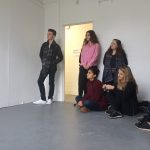
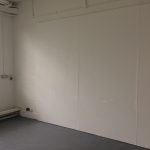

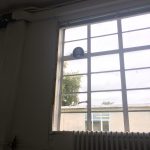

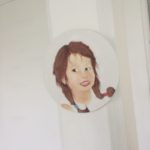
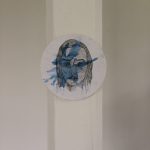
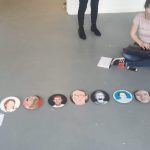
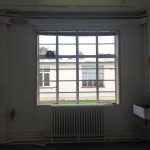
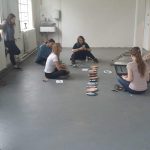

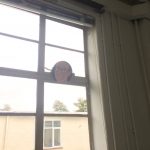
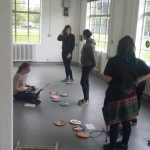
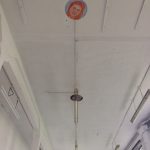
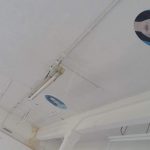

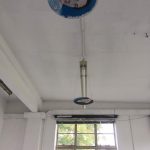
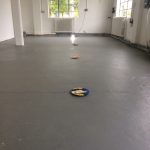
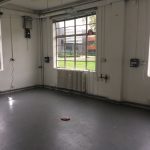


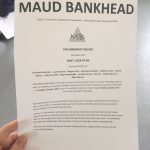

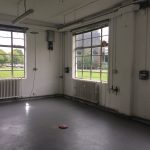
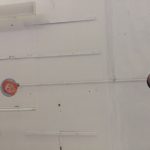
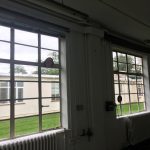
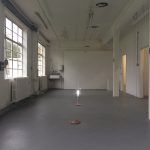
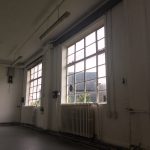
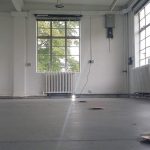
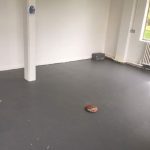
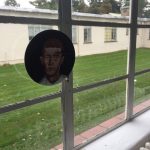
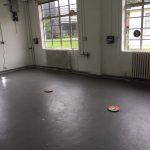


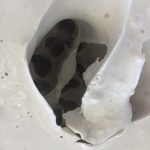
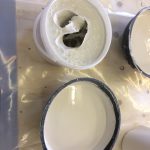

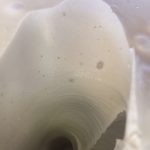
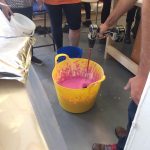
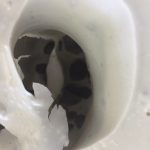
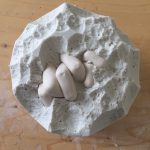

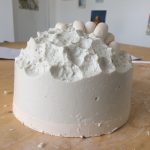








 Above: Photographs taken during the process of taking the mould off, revealing the hands. I was very impressed of how detailed each finger was, down the the creases of the skin. I do need to go back and take out all the little bits of mould and dust it off.
Above: Photographs taken during the process of taking the mould off, revealing the hands. I was very impressed of how detailed each finger was, down the the creases of the skin. I do need to go back and take out all the little bits of mould and dust it off.